Read the passages and choose the best answer to each question. Answer all questions about a passage on the basis of what is stated or implied in that passage.
Time – 35 minutes
THE LONGHOUSE
2. In building the longhouse, a row of forked poles was placed in the ground, between four and five feet apart. Cross poles were lashed to the forked uprights to form an arched roof. Slender poles or rafters were then secured to the roof frame, and traverse poles were added to further strengthen the overhead structure. Large pieces of bark were then tied to the frame. An outer set of poles kept the bark in place on the sides and roof. Smoke holes were built into the roof at about twenty–foot intervals. Two families shared the stone–lined hearth beneath each smoke hole.
3. At each end of the longhouse was a door with a covering of animal hide or hinged bark that could be lifted up for entering and exiting. Along each inside wall were bunks that served as beds at night and benches in the day. Corn, dried fish, and other foods hung from over head. The dwelling was compartmentalized to accommodate each family. At the front of the longhouse, over the door, carved images of clan symbols represented the families living there.
LANGSTON HUGHES
2. Langston Hughes was born in Missouri in 1902. He began to write poetry in high school and later attended Columbia University in New York. After one year at university, Hughes commenced a nomadic life in the United States and Europe. He shipped out as a merchant marine and worked in a Paris nightclub, all the while writing and publishing poetry. His prolific literary career was launched in 1926 with the publication of his first book, The Weary Blues, a collection of poems on African American themes set to rhythms from jazz and blues. His first novel appeared in 1930, and from that point on Hughes was known as “the bard of Harlem.”
3. In the activist 1930s, Hughes was a public figure. He worked as a journalist, published works in several media, and founded African American theaters in New York, Chicago, and Los Angeles. Hughes’s concern with race, mainly in an urban setting, is evident in his poetry, plays, screenplays, novels, and short stories. His poetry includes lyrics about black life and black pride as well as poems of racial protest. His major prose writings are those concerned with the character Jesse B. Semple, a shrewd but supposedly ignorant Harlem resident nicknamed Simple. Simple was a wise fool, an honest man who saw through sham and spoke plainly. The Simple stories were originally published as newspaper sketches and later collected in five book volumes.
4. By the 1960s, readers preferred themes that reflected the struggles of the times, and Hughes’s writings were overshadowed by those of a younger generation of black poets. However, in more recent decades, scholars and readers have rediscovered Hughes and regard him as a major literary and social influence. His poetry and stories remain an enduring legacy of the Harlem Renaissance, and for this reason his position in the American canon is secure.
COASTS AND SHORES
2. A coast is the land just inland from the shore, beyond the usual reach of high water. On the shore side, the boundary of the coast—the coastline—may be either a cliff face or a line marking the inland limit of tidewater. On the landward side, the boundary is usually the edge of a highland or some other kind of terrain distinct from the shore; however, some coastal boundaries have no clear distinction. Many coasts are sea bottoms uplifted by earthquakes to become dry land, so they may show some features of shores, even though the sea never reaches them.
3. In areas where river valleys meet the sea along a rocky coast, bays are likely to occur. The direction of the structural “grain” of the coastal rock affects the shape of the coastline. If the grain is mostly parallel to the coast, as along the Oregon coast, the mouths of few rivers will indent the coastline because river valleys tend to follow the grain. Such coastlines—called Pacific type—are likely to be smooth, straight, or gently curving. On the other hand, if the grain of the rock is at an angle to the coast, as in Maine and Norway, many more valleys will reach the coastline, forming closely spaced bays. Such coastlines are of the Atlantic type.
4. Coasts and shores are areas of continuous change. Like all other terrain, coasts and shores are subject to the processes of weathering, erosion, deposition, and tectonic activity. Unlike other terrain, shores are also subject to the daily action of tides, waves, and currents. These forces erode rocky shores and transport sand and debris from place to place, depleting some beaches and building up others. During storms, waves crash against sea cliffs, weakening them and creating rockfalls and landslides. Storm waves batter beaches and—especially at high tide—rush beyond them, sweeping away docks, roads, and buildings. Over time, coastal processes change as tectonic activity raises, lowers, and disrupts the terrain and the sea bottoms near shores. Coastal processes are also affected by changes in sea level due to melting glaciers and changes in the density and temperature of ocean water.
This program and course are copyright of Delta Publishing and have been licensed to Jaime Miller Advising.
No part of this course may be shared, re-used, downloaded without permission.
